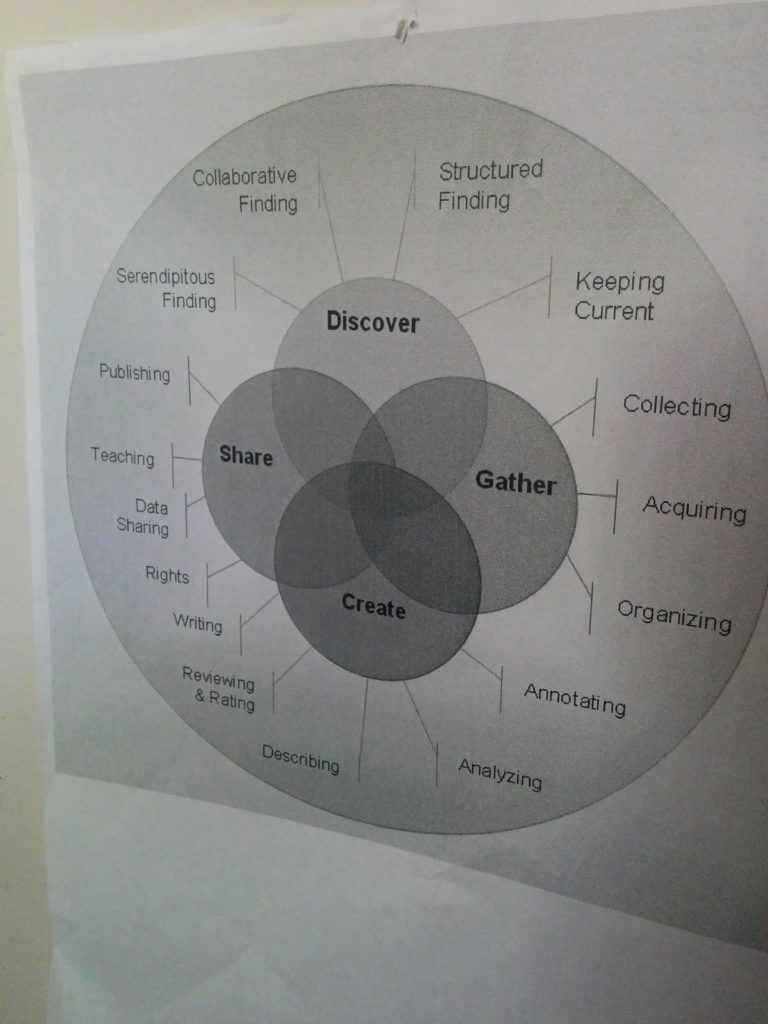Alex Steffen—a futurist known for authoring Worldchanging among other sustainability work—is launching a documentary series called The Heroic Future. On the one hand, I am entirely on board with any exercise to imagine different futures, especially given the current paucity of positive scenarios that climate change presents us with. On the other hand, the language here gives me a great deal of pause. I don’t think anything resembling heroism is going to solve our problems or lead us into a new, sustainable future. If anything, we need healers not heroes, people who can adapt and evolve, who can assist others in need. Heroism is far too tainted by toxic masculinity and hubris to be of use to us now. If we’re going to imagine a better future, we’re going to have to start by imagining better models than the tragic hero.
Among the books I turn to again and again is The Comedy of Survival in which Joseph Meeker presents two modes for being in the world: the tragic mode, in which our hero tries to change the world in his (and it’s always his) own image, and the comic mode, in which a motley crew of men and women adapt to their environment, never quite succeeding in getting exactly what they want, but managing to get by nonetheless. Tragedies always end with the hero’s head carted off the stage; comedies end in weddings. Let’s imagine a comedic future instead of a heroic one.
from “The comedic future, 4.3 light years, never read the comments: A working letter” (Tiny Letter)
This spoke to me as I live in a city in which one of its leading environmentalist now is in charge of a golf course. You have to laugh if just to keep from crying.
The Comedy of Survival: Literary Ecology and a Play Ethic is OOP (out of print) and so I’m ordering it via Interlibrary Loan.

